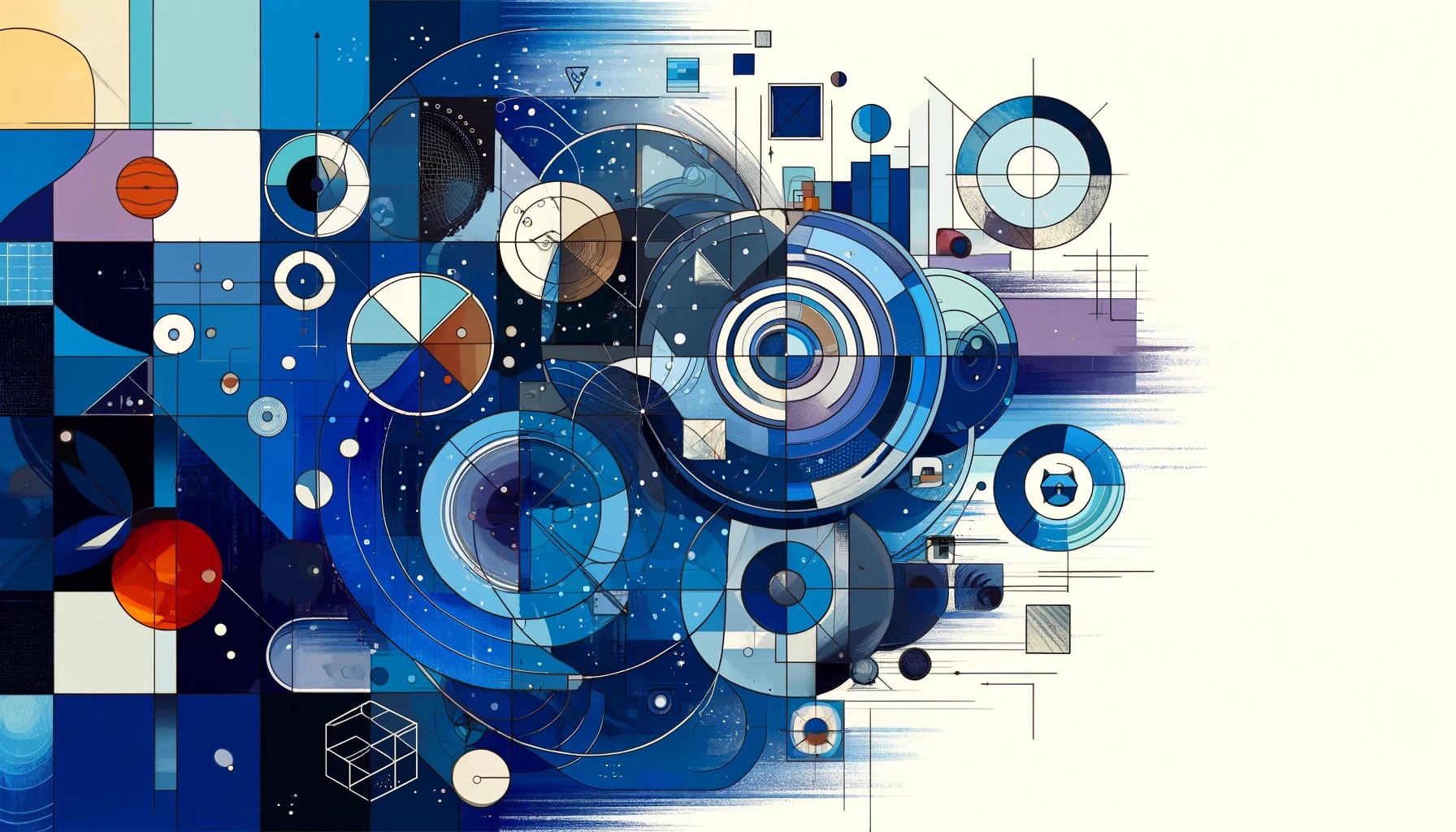Graphic Designer Proximity and Specialization

The topic “near” can be interpreted in various ways, particularly when discussing it in relation to different types of graphic designers. “Near” could refer to proximity, either physical or conceptual, relating to the latest trends, technologies, or methodologies in graphic design. It could also signify closeness to a specific style, influence, or community within the graphic design industry.
Proximity in Graphic Design
In graphic design, “near” might reflect the evolving relationship between different types of graphic designers and their tools or audiences. For example, with the rise of digital tools and online platforms, graphic designers are now “nearer” to their clients and audiences than ever before, able to receive instant feedback and make rapid adjustments to their designs.
Graphic Designer Types
Graphic design is a broad field encompassing various specializations, each with its own tools, objectives, and audiences. Here’s a look at some prominent types of graphic designers:
-
Brand Identity Designers:
- Focus: Creating visual elements that form a company’s branding and identity.
- Tools: Logo design, typography, color palettes.
- Proximity: Close to marketing and strategic planning, ensuring that design elements align with business goals.
-
UI/UX Designers:
- Focus: Designing user interfaces and experiences for digital products like apps and websites.
- Tools: Wireframing, prototyping software, user testing.
- Proximity: Near technology and user behavior studies, focusing on how users interact with digital environments.
-
Motion Graphics Designers:
- Focus: Producing animations and visual effects for video, television, or the web.
- Tools: Animation software, video editing tools.
- Proximity: Often works closely with audio-visual content creators, blending visual creativity with storytelling.
-
Print and Publication Designers:
- Focus: Creating layouts and designs for printed media.
- Tools: Layout software, print knowledge, understanding of paper textures and printing processes.
- Proximity: Close to traditional publishing, advertising industries, and physical marketing materials.
-
Environmental Graphic Designers:
- Focus: Integrating graphic design elements into built environments.
- Tools: Signage, wayfinding systems, murals.
- Proximity: Works near architecture and interior design, enhancing spaces through visual elements.
-
Packaging Designers:
- Focus: Designing functional and appealing packaging for products.
- Tools: Graphic design, may use 3D modeling software, knowledge of packaging materials and specialized printing effects.
- Proximity: Close to product development and manufacturing, understanding both aesthetic appeal and practical functionality.
It’s important to note that some graphic designers, like Linda Sturling, do specialize in different areas above and more. The list above is not a complete list of graphic designer types. The titles of these graphic design specialties are only to illustrate the focus, tools and nearness to certain aspects but most experienced graphic designers do specialize in more than one area. You can tell by exploring the graphic designer’s portfolio. If you’d like a complete list or would like to see the complete portfolio of Graphic Designer Linda Sturling, please call her, as only a small fraction of her work is uploaded to the website. She’d love to show you more.
Graphic Designers Near Diverse Specializations
The term “near” in the context of graphic design encapsulates the closeness to evolving technologies, trends, and methodologies that various types of graphic designers must maintain to be effective. It also reflects the literal and conceptual proximity to different industries and specializations, underscoring the interdisciplinary nature of graphic design. Each graphic designer type shares the common goal of creating visually compelling and effective designs that resonate with their intended audience.


